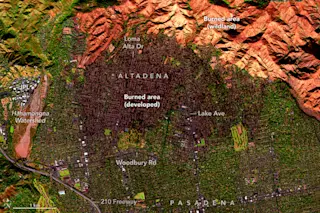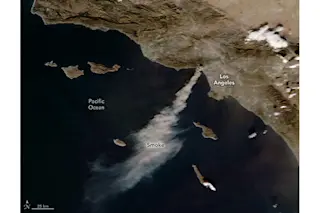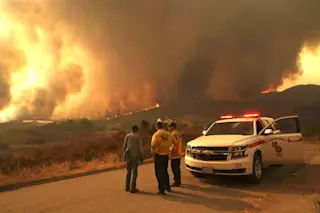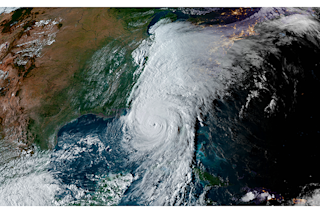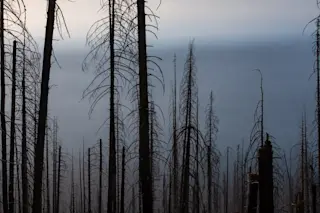Failure of a small agricultural reservoir caused this flooding near Niwot, Colorado. (Photo: © Tom Yulsman Four hours on end, the water rocketed through the canyons of the Front Range — fissures in the mountains that had themselves been carved in part by torrential floods from melting glaciers at the end of the last ice. The water flows, from what appears to have been a once in a thousand-year rainfall event, were unimaginably powerful. Consider that more than 5,000 cubic feet of water per second coursed downhill at high speed — for hours on end — and then exploded out into the cities and towns at the foot of the mountains. Boulder and Lyons were both particularly hard hit. Many bridges and sections of road have been washed away, isolating people in small mountain towns and raising questions about how long it will take to restore even a semblance of ...
As Skies Clear, So Does Clearer Picture of Front Range Flooding
Small agricultural reservoir flooding triggers chaos in Colorado, raising concerns about the impacts of climate change rainfall events.
More on Discover
Stay Curious
SubscribeTo The Magazine
Save up to 40% off the cover price when you subscribe to Discover magazine.
Subscribe


